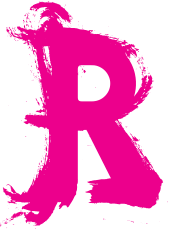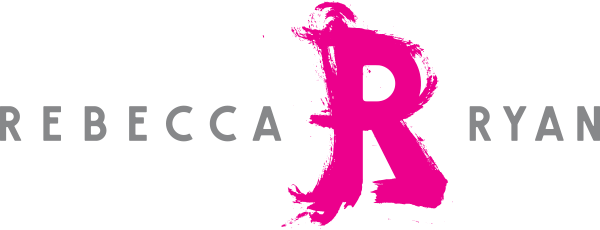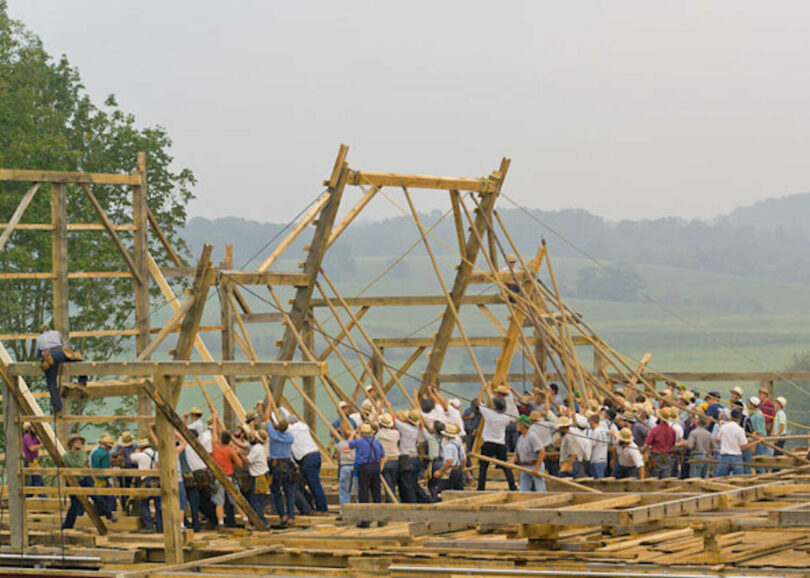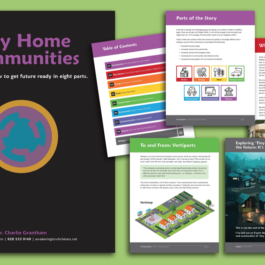What are the top 10 trends for the next ten years? Download the report here.

I’m back with another round of insights from our Futures Friday series. This article is based on our conversation with municipal finance expert and former mayor of Kansas City Mark Funkhouser, government innovation expert Nick Kittle, and futurist Rebecca Ryan. Enjoy!
Leadership: Increase perspective and control to navigate uncertainty.
Now and then, we all may feel like victims of the future, reacting to survive. What’s going on? How long will it take? How big is it? Can we do anything about it?
When we don’t know enough, we panic. We hoard toilet paper and chocolate. And this cute picture probably sums up our feelings.
In contrast, the more perspective and control we can bring to a situation, the more empowered we are to make calm and wise decisions.
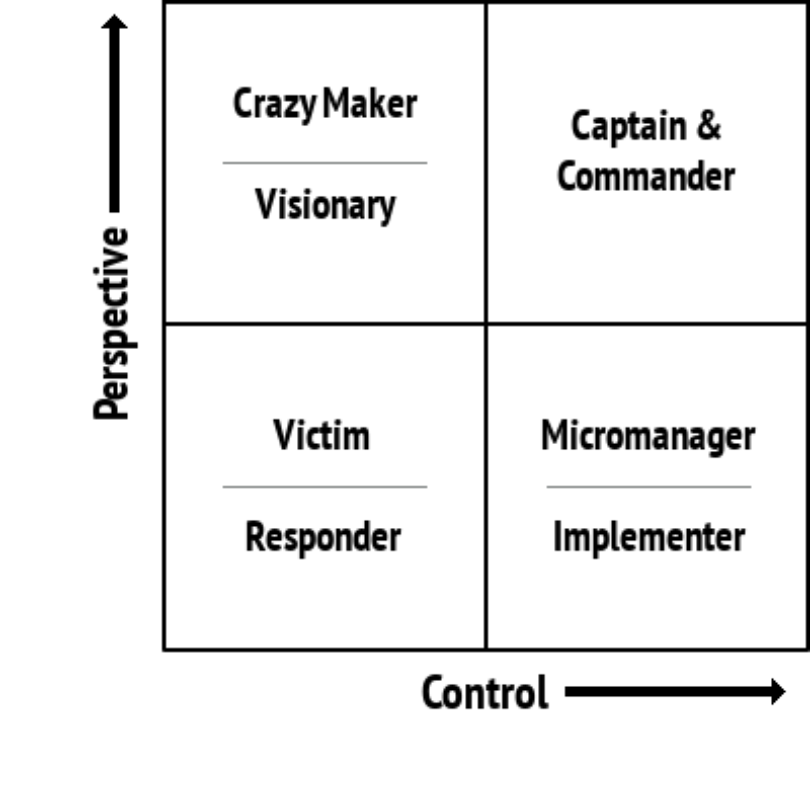
This figure is based on Making It All Work by David Allen offers ideas for how to name and contrast various types of leader energy. Image credit
Here are a couple of foresight techniques you can use in your team and organization. They bring structure to your conversations and increase your understanding of a situation and ability to influence or control it:
Signals & sensemaking to develop a “map” of what’s happening.
This technique can be as simple as meeting periodically for 30 minutes with subject matter experts or people on the front lines.
Choose individuals and metrics that offer early indicators like a canary in a coal mine.
Ask, What are you seeing and hearing? What are you wondering about?
Share signals with each other and make sense of things together.
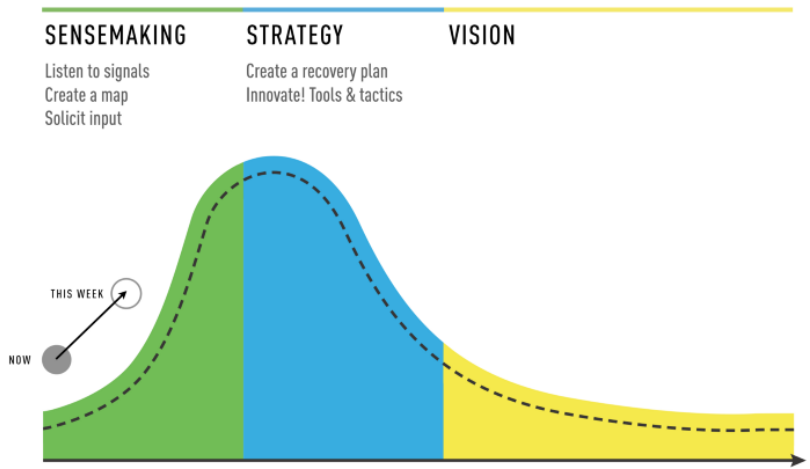
More on signals and sensemaking here:
What’s a signal
Scenarios to explore important areas of uncertainty, plausible changes and their implications, and rehearse actions and solutions.
Use multiple scenarios to walk yourself and your staff through three types of plausible futures:
Challenging: If more goes wrong, what could that look like?
Expectable: We have been through ups and downs before. What’s been true? Who bounced back the best, and what can we learn from them? What do experts say about what to expect next?
Visionary: Help your team lift their eyes and imagine this – what would surprising success look like?
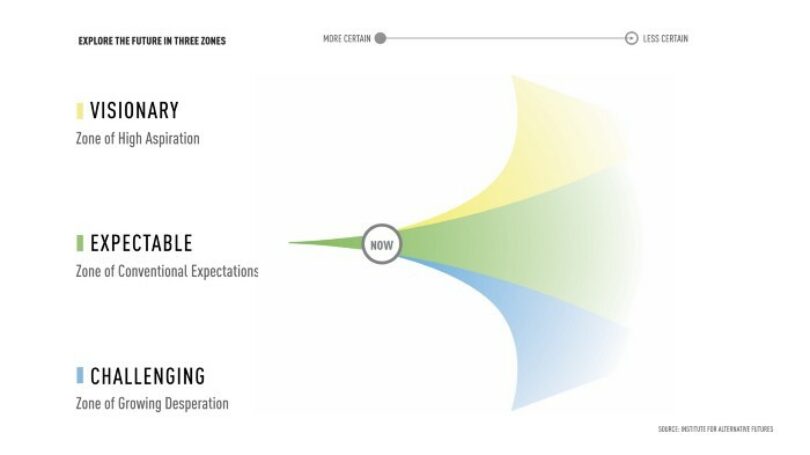
For a relatively quick and easy way to use scenarios, check out our article on scenario planning for anxious times. Scenarios can range from short and simple stories to long and complex ones. You get to decide what length, format, and level of detail make sense for your purposes.
Leadership: Treat leadership and governance as a barn-raising, not a vending machine.
Like in barn-raising, effective leadership and governance promote collaboration and a spirit of “we’re all in this together.” It gives stakeholders a seat at the table. Mayor Funk contrasts it with treating leadership and governance like a vending machine, expecting to get stuff or services in exchange for your money and time.
Of course, there is a time and place for everything. Vending machine framing can make sense for grocery shopping or obtaining your marriage license. However, the barn-raising framing is helpful for more complex issues involving multiple stakeholder groups, such as disruptive change, emergency management, economic recovery, and strategic planning for a community.
Ready to raise a metaphorical barn together for the future? You can use specific techniques like signals and sensemaking and Red Teaming or the broader strategic foresight process to include a variety of perspectives. These techniques can help you build a community with a shared understanding and ownership of the priorities for a brighter future. This way, visionary leadership becomes a broadly shared responsibility and practice.
Leadership & Money: Identify your new normal and use reserve funds as a bridge to it.
Some leaders may use reserve funds to keep things going as usual when things go wrong, like a band-aid.
Instead, use challenging times to make new decisions and some painful choices. Even better, you can use scenarios to explore, rehearse, and test such decisions and their implications before things get challenging (again).
In the process, think of reserve funds as a bridge. Turning a city, county, or state is like turning a big ship. It takes time from the moment you decide until there is an impact. Reserve funds allow you to pay the bills and keep things on even keel while waiting for your decisions' impact.
Innovation: Use practical innovation guidelines and innovation fund priorities that get you future-ready.
How are you aligning innovation efforts with your organization’s strategic priorities? Which opportunities and challenges would you like employees to target with innovations?
For example, our team recommends using an approach like Strategic Doing to translate strategic priorities into aligned pilot projects that could be scaled up.
Another tool is to offer effective innovation guidance that:
Clarifies what your organization does or does not accept as innovation.
- Helps employees answer these questions:
Does a proposed innovation solve an important problem, and are we the right ones to solve it? You can use signals & sensemaking and scenarios to clarify this list of problems and opportunities and their priority order.
Does it protect the safety of our residents or employees?
Does it adhere to our organizational values?
If you can, go a step further by establishing an innovation fund which is critical to spin up and test employee ideas. Why? Because it:
Mitigates organizational risk.
Minimizes individual employee risk.
Clarifies what success looks like.
Tips for implementing an innovation fund:
Keep it simple to apply for funding.
The fund should not be too large. If it’s too big, people will use it as a workaround for the budget process. If it’s too small, it suggests your organization is not serious about innovation.
Use it to fund pilot projects only, not ongoing expenses.
Decide on the criteria.
Allow for project and financial oversight and support to make informed decisions.
Create a selection committee.
Focus on action and getting an idea off the ground.
Here is an example of an innovation fund proposal form: https://www.surveymonkey.com/r/InnovationFundExample
For more insights from this Futures Friday episode, watch the conversation here:
If you enjoyed this post, please subscribe to our newsletter.

Yasemin Arikan
Yasemin (Yas) Arikan operates the research vessel. She is a futurist who uses foresight and social science methods to help clients understand how the future could be different from today and then use these insights to inform strategy and vision. Her work includes developing scenarios on the futures of public health, health care, society and technology for associations, foundations, government, and business. Bonus: Yas can help you take your gift wrapping game to the next level. And she can talk with you about it in English, German, or Turkish. Watch Yas' Q&A on how NGC helps organizations prepare for the future using Strategic Foresight.
Yasemin Arikan Promoted to Director of Futures Research
NEXT Generation Consulting (NGC) announced the promotion of Yasemin Arikan to Director of Futures Research. Arikan will lead the company’s efforts to...
Is Your Housing Market Ready for Your Future?
One of the biggest problems facing many cities and towns is inadequate housing. This problem is most acute for seniors, veterans with disabilities, and low-income groups ...
Three Things Martha Stewart Gets Right About Return to Office (RTO)
The original influencer and the person who invented the "Home" retail category, Martha Stewart, became the latest CEO to tell employees to get back to the office five day...
